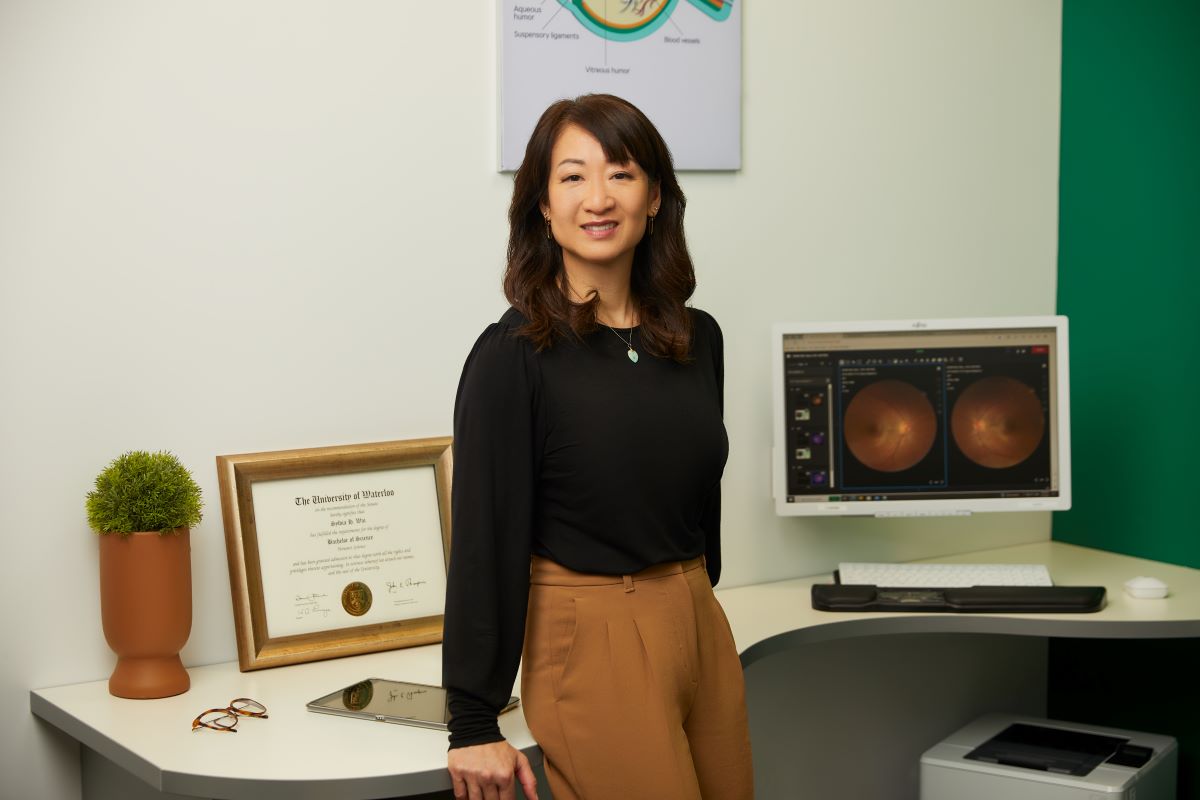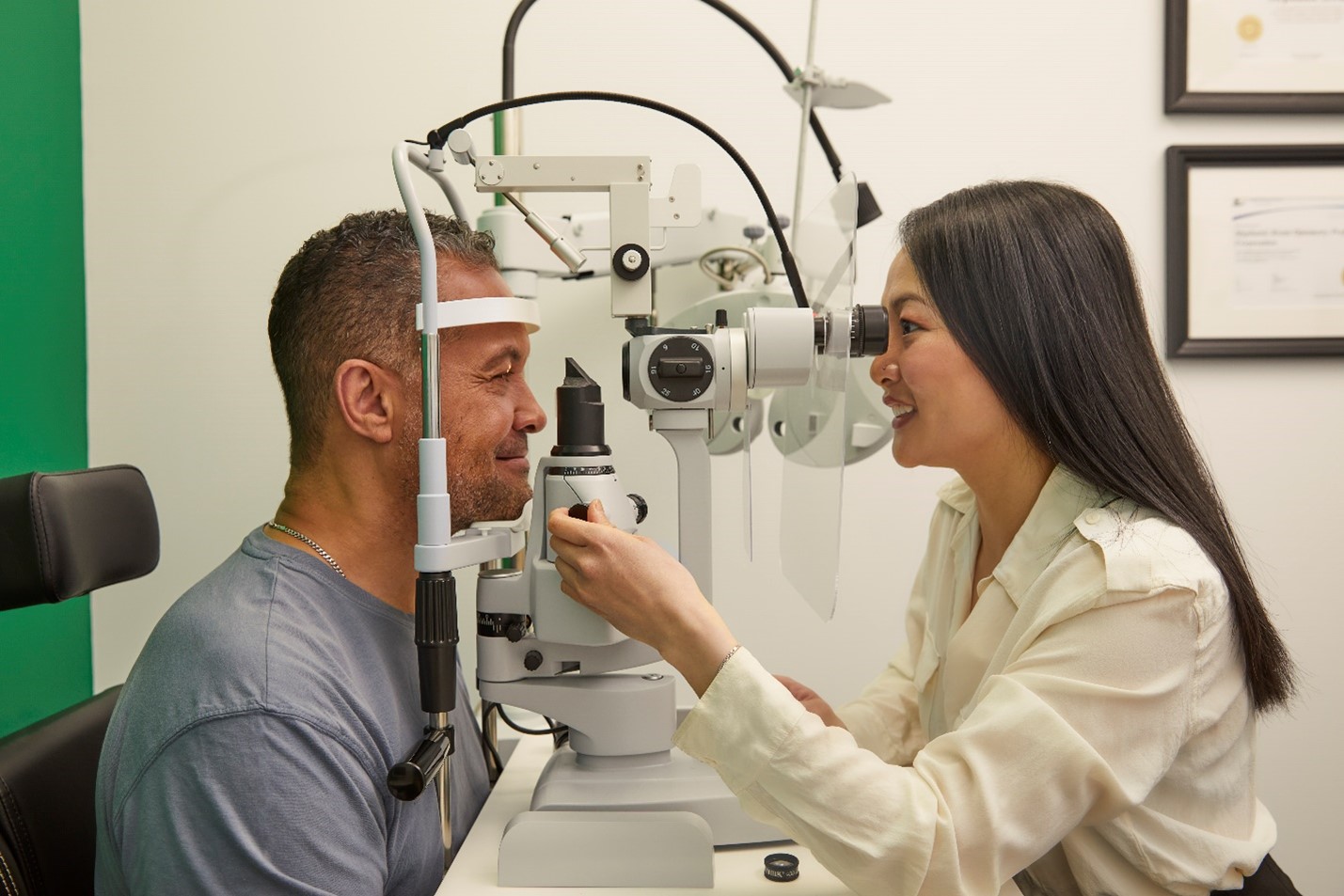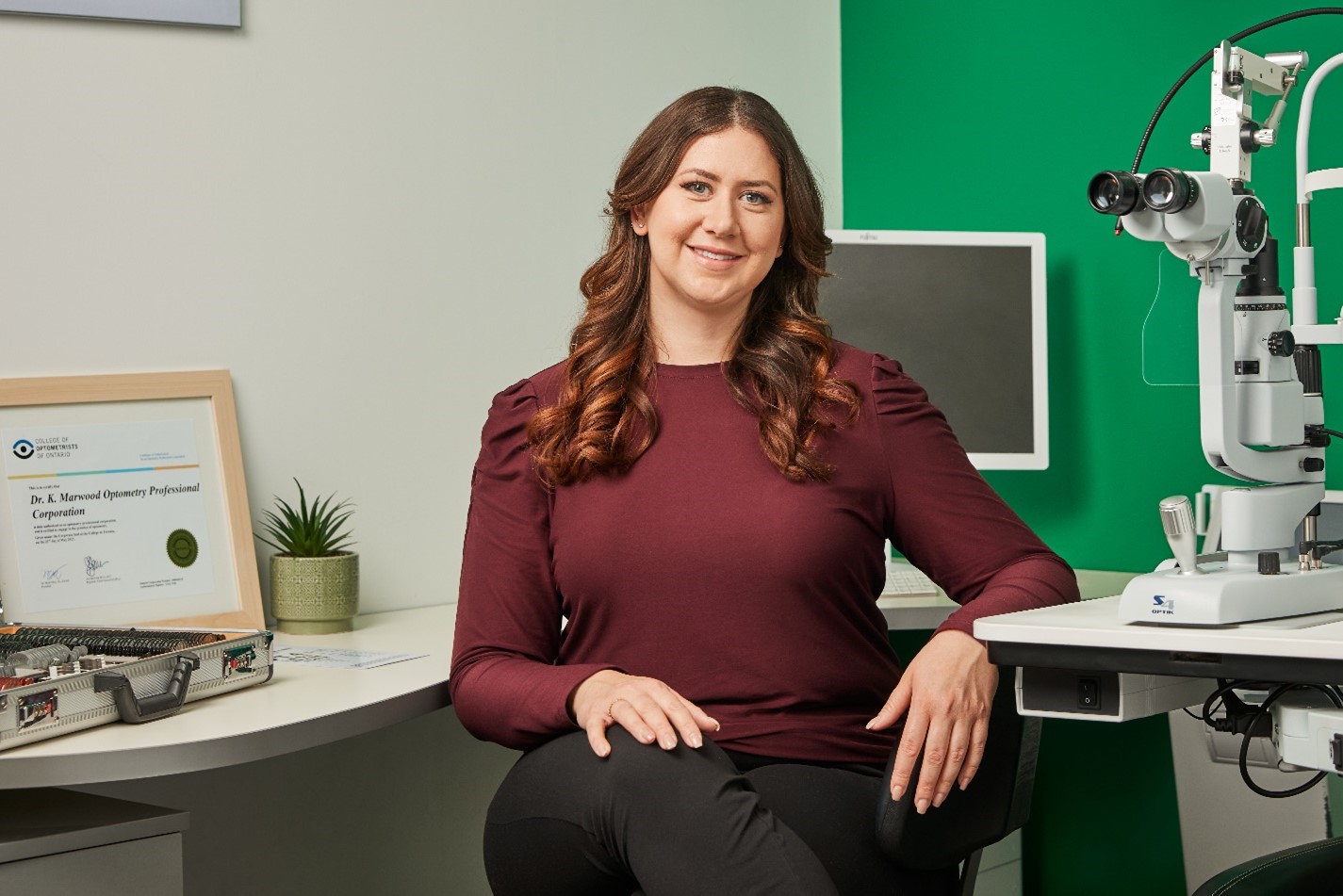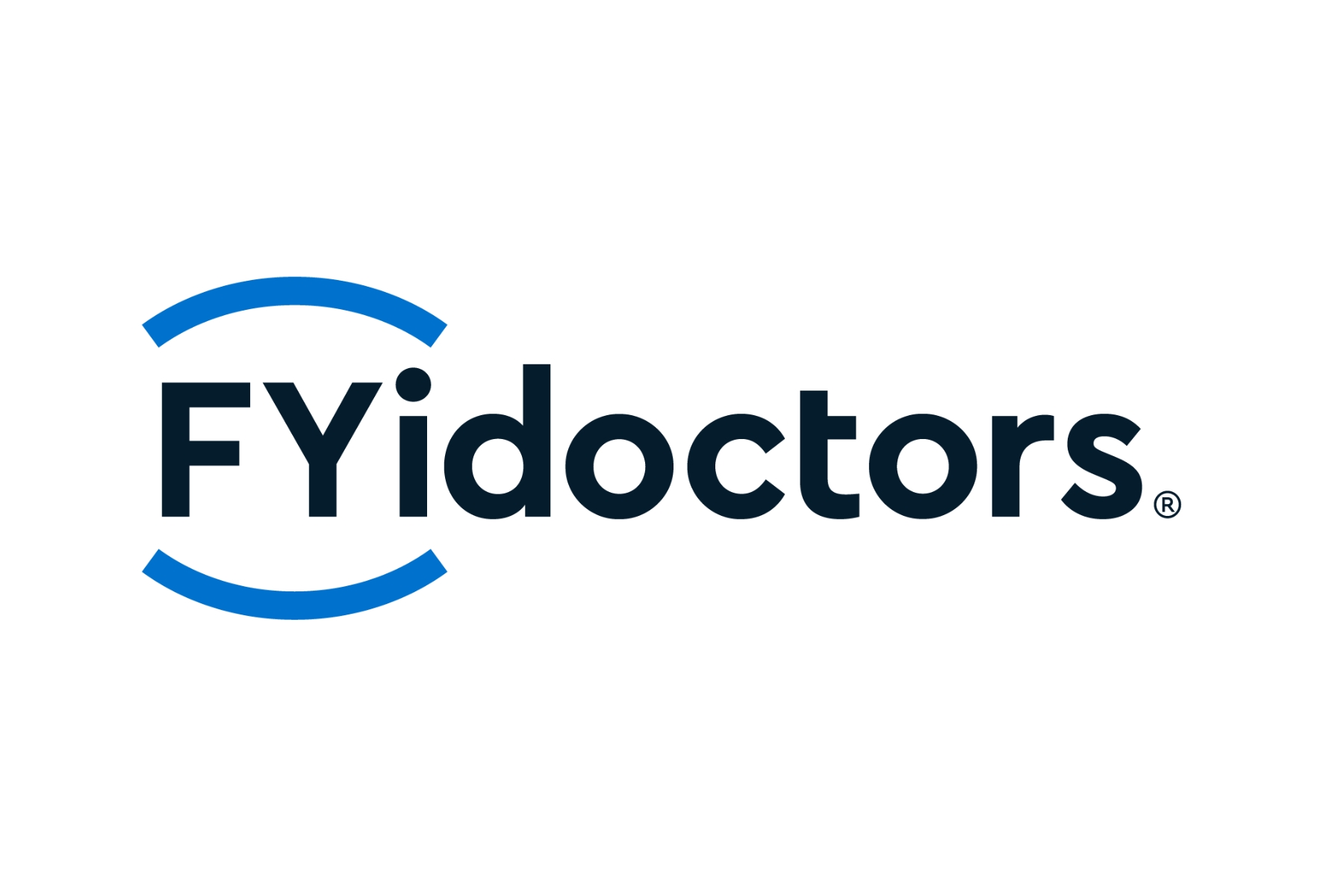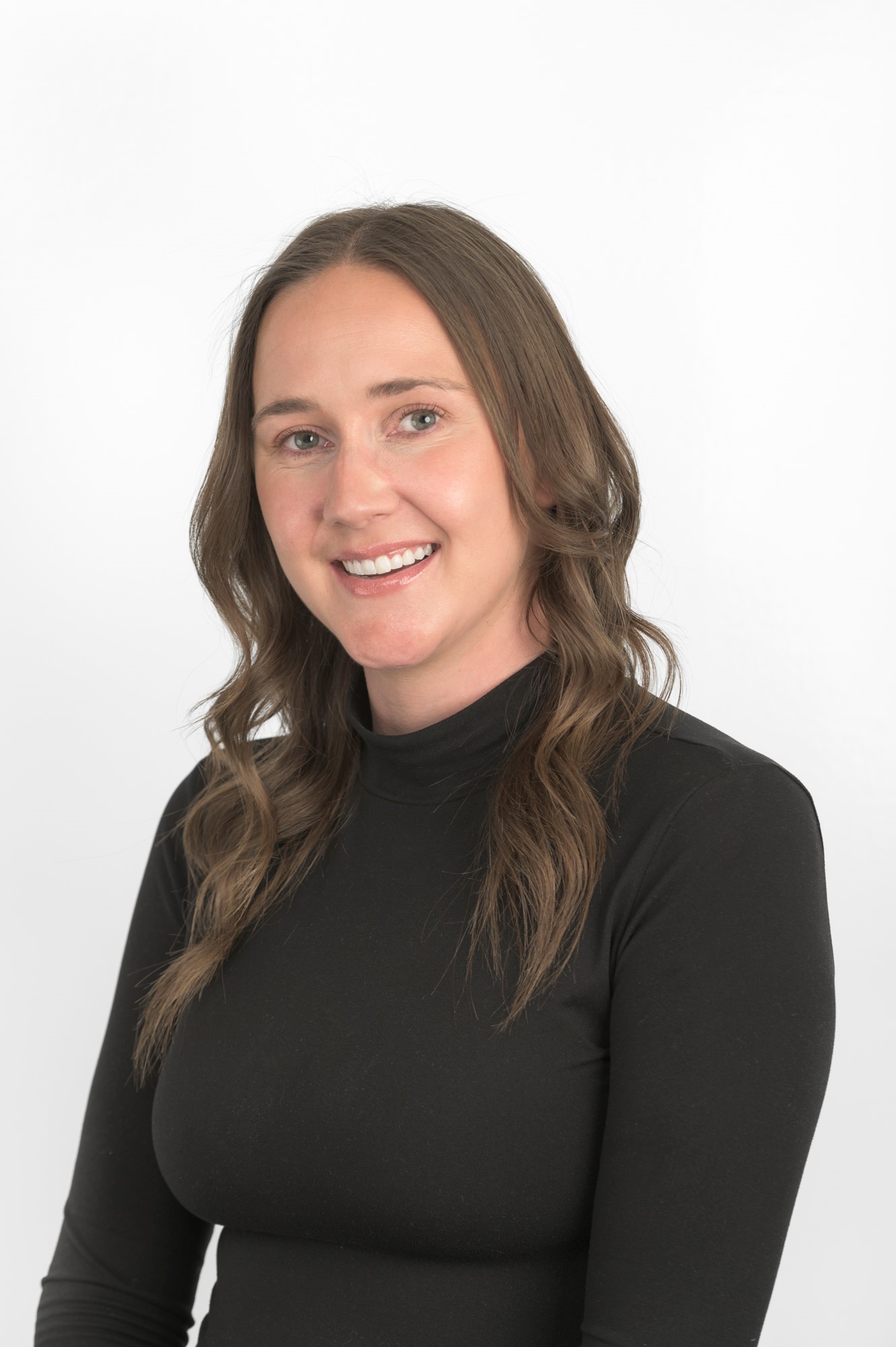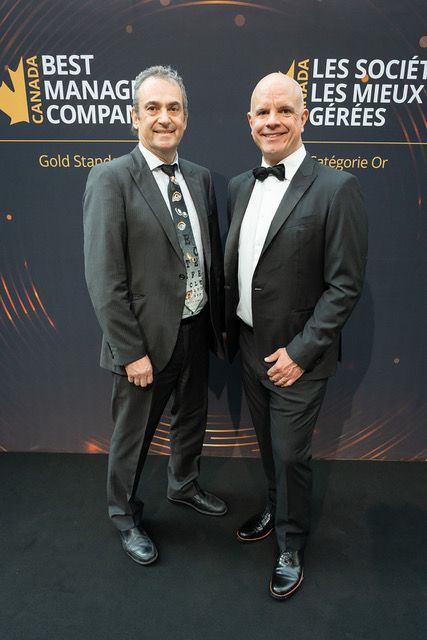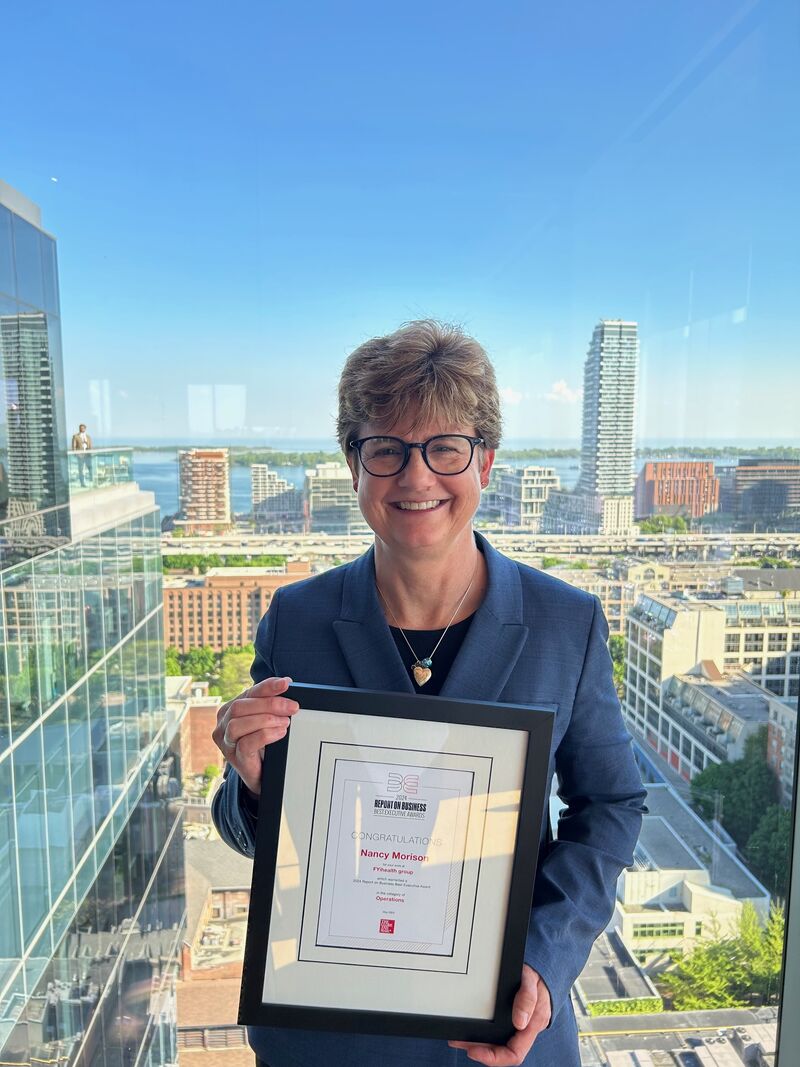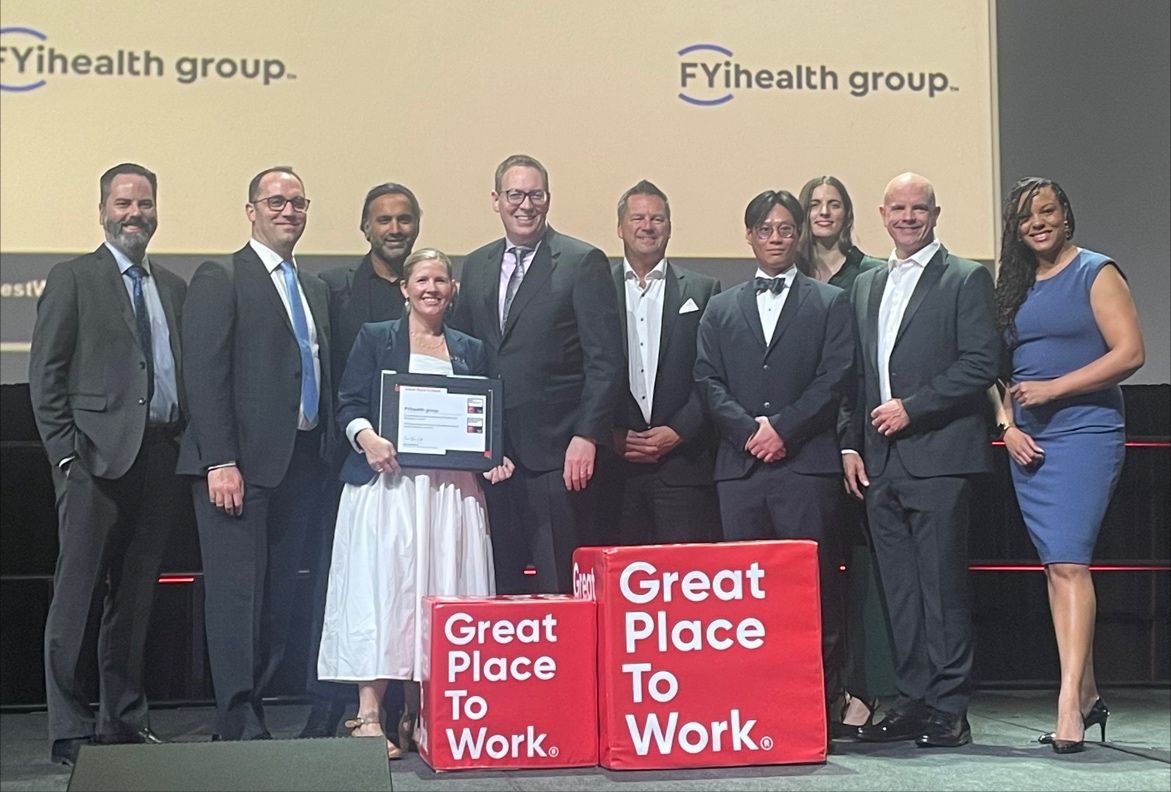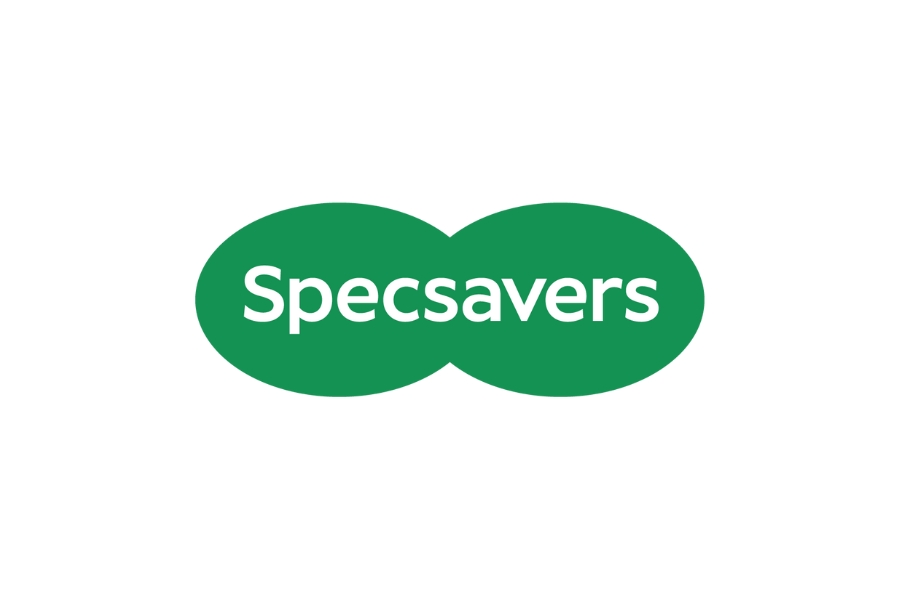
Dr. Theodor Buzea always had a clear vision for his future – he wanted to be an optometrist and a business owner. With his path set, he oriented his education towards becoming an optometrist, completing both his undergraduate and optometric degree at the University of Waterloo. After years in the optical industry, Dr. Buzea took the early leap to become an optometry partner with Specsavers. Today, Dr. Buzea has achieved both of his goals and owns an independent clinic located in Specsavers Southcentre in Calgary.

Dr. Theodor Buzea always had a clear vision for his future – he wanted to be an optometrist and a business owner. With his path set, he oriented his education towards becoming an optometrist, completing both his undergraduate and optometric degree at the University of Waterloo. After years in the optical industry, Dr. Buzea took the early leap to become an optometry partner with Specsavers. Today, Dr. Buzea has achieved both of his goals and owns an independent clinic located in Specsavers Southcentre in Calgary.
Q: What inspired you to become a business owner?
I strongly believe that business ownership is one of the best ways to create change in the world. The desire to try and create an amazing work environment where people can come to learn and progress their careers is what inspired me the most, but opening a business holds a certain level of risk. I wanted to get hands-on experience in the field to understand the growth opportunities and needs before jumping into ownership.
Q: What initially drew you into partnership?
Specsavers are pioneers in how they provide eyecare support to optometrists. I really appreciate and value the way they put patients first and how they’ve been able to maintain that throughout the years.
They also hold the same values as I do when it comes to fostering a healthy work environment and making quality eyecare accessible. This encouraged me because I wanted to partner with a company that would help facilitate my goals for both my patients and team.
 Dr. Buzea at the opening of his Specsavers store and independent clinic at Southcentre Mall in Calgary, AB.
Dr. Buzea at the opening of his Specsavers store and independent clinic at Southcentre Mall in Calgary, AB.
Q: What has surprised you about partnering with Specsavers?
The sense of community is absolutely amazing. I’ve had the opportunity to meet so many talented individuals and it’s been great to work with like-minded people. Everyone at Specsavers approaches situations with a team mentality, we’re all working towards the same goal to provide great care for our patients and customers. Working with the people here is truly a breath of fresh air.
Q: How have things been going since opening your independent clinic?
We’re happy to see the community appreciating us for being here to help them. I believe that patient volume grows when your end goal is to provide patients with the best care and service possible. We’re seeing exam bookings fill up quickly and we always do our best to help anyone who drops by the clinic. I was very open-minded coming into this and mainly wanted to make a difference in the community.
Search for associate and partnership opportunities at join.specsavers.com/ca.










